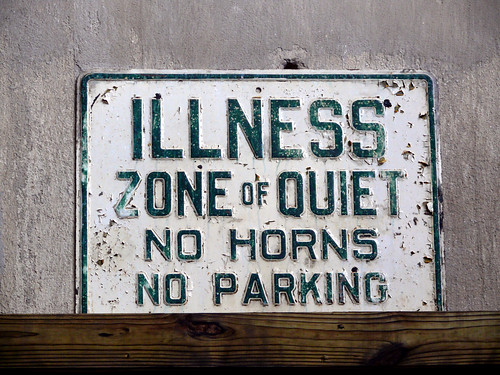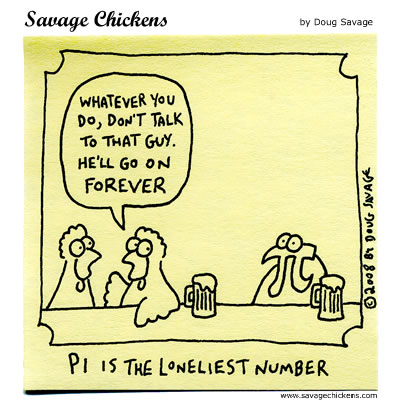The U.S. Congress is on recess this week and next, which means it's time for a spring listing of upcoming town hall meetings. Below we have links to members of Congress from more than 25 states, which means that a good number of you should be able to find something going on in your area. Make sure to let us know if you head out to a meeting - we'd love to hear about it!
Arizona
Rep. Trent Franks
California
Rep. Kevin McCarthy
Rep. Buck McKeon
Rep. Ed Royce
Colorado
Rep. Jared Polis
Connecticut
Rep. Jim Himes
Florida
Rep. Debbie Wasserman Schultz
Georgia
Rep. Phil Gingrey
Illinois
Rep. Danny Davis
(check out Davis' responses to Your Congress-Your Health)
Indiana
Rep. Dan Burton
Iowa
Sen. Chuck Grassley
Kansas
Rep. Jerry Moran
Louisiana
Rep. Steve Scalise
Maryland
Rep. Chris Van Hollen
Massachusetts
Rep. John Tierney
Michigan
Rep. Mark Schauer
Montana
Rep. Denny Rehberg
Nebraska
Sen. Mike Johanns
Rep. Adrian Smith
New Hampshire
Rep. Paul Hodes
Rep. Carol Shea-Porter
New Jersey
Rep. John Adler
New Mexico
Rep. Martin Heinrich
Rep. Ben Ray Lujan
New York
Rep. Scott Murphy
Rep. Paul Tonko
North Carolina
Rep. Mike McIntyre
Rep. Mel Watt
Oklahoma
Sen. Tom Coburn
Rep. Tom Cole
Rep. Frank Lucas
Oregon
Sen. Jeff Merkley
Tennessee
Rep. Marsha Blackburn
Texas
Rep. Joe Barton
Rep. Kevin Brady
Rep. Pete Sessions
Rep. Mac Thornberry
Washington
Rep. Adam Smith
Wisconsin
Rep. Ron Kind
Rep. Tom Petri
Rep. F. James Sensenbrenner, Jr.
Rep. Trent Franks
California
Rep. Kevin McCarthy
Rep. Buck McKeon
Rep. Ed Royce
Colorado
Rep. Jared Polis
Connecticut
Rep. Jim Himes
Florida
Rep. Debbie Wasserman Schultz
Georgia
Rep. Phil Gingrey
Illinois
Rep. Danny Davis
(check out Davis' responses to Your Congress-Your Health)
Indiana
Rep. Dan Burton
Iowa
Sen. Chuck Grassley
Kansas
Rep. Jerry Moran
Louisiana
Rep. Steve Scalise
Maryland
Rep. Chris Van Hollen
Massachusetts
Rep. John Tierney
Michigan
Rep. Mark Schauer
Montana
Rep. Denny Rehberg
Nebraska
Sen. Mike Johanns
Rep. Adrian Smith
New Hampshire
Rep. Paul Hodes
Rep. Carol Shea-Porter
New Jersey
Rep. John Adler
New Mexico
Rep. Martin Heinrich
Rep. Ben Ray Lujan
New York
Rep. Scott Murphy
Rep. Paul Tonko
North Carolina
Rep. Mike McIntyre
Rep. Mel Watt
Oklahoma
Sen. Tom Coburn
Rep. Tom Cole
Rep. Frank Lucas
Oregon
Sen. Jeff Merkley
Tennessee
Rep. Marsha Blackburn
Texas
Rep. Joe Barton
Rep. Kevin Brady
Rep. Pete Sessions
Rep. Mac Thornberry
Washington
Rep. Adam Smith
Wisconsin
Rep. Ron Kind
Rep. Tom Petri
Rep. F. James Sensenbrenner, Jr.
























